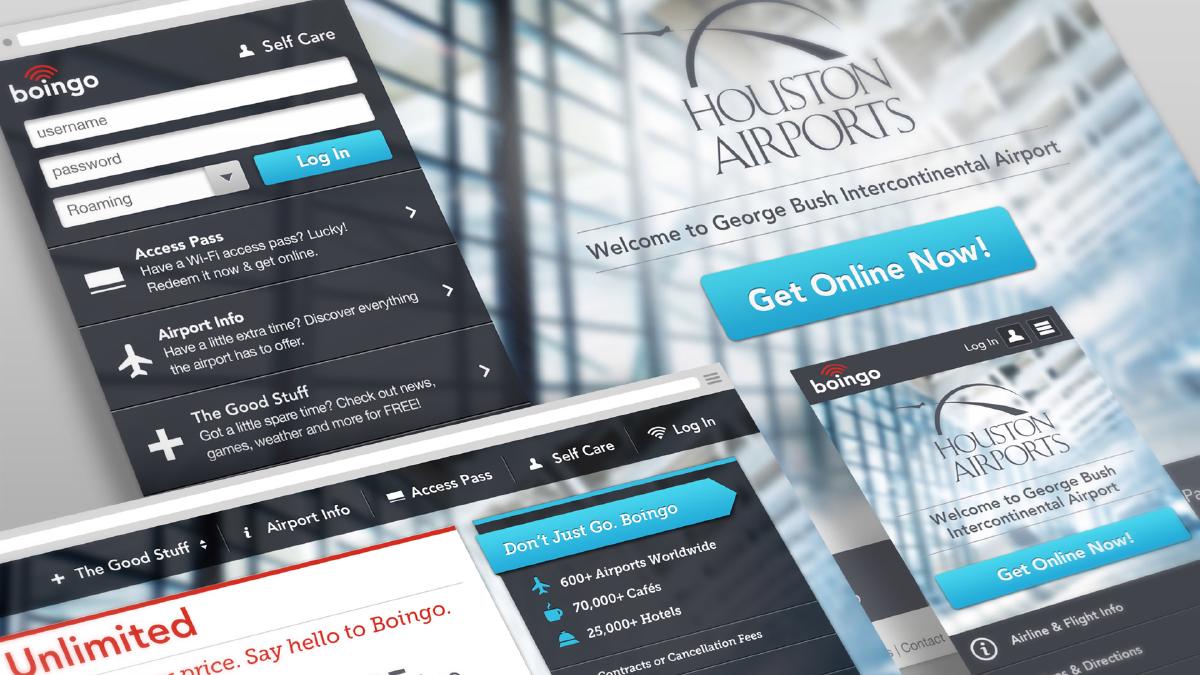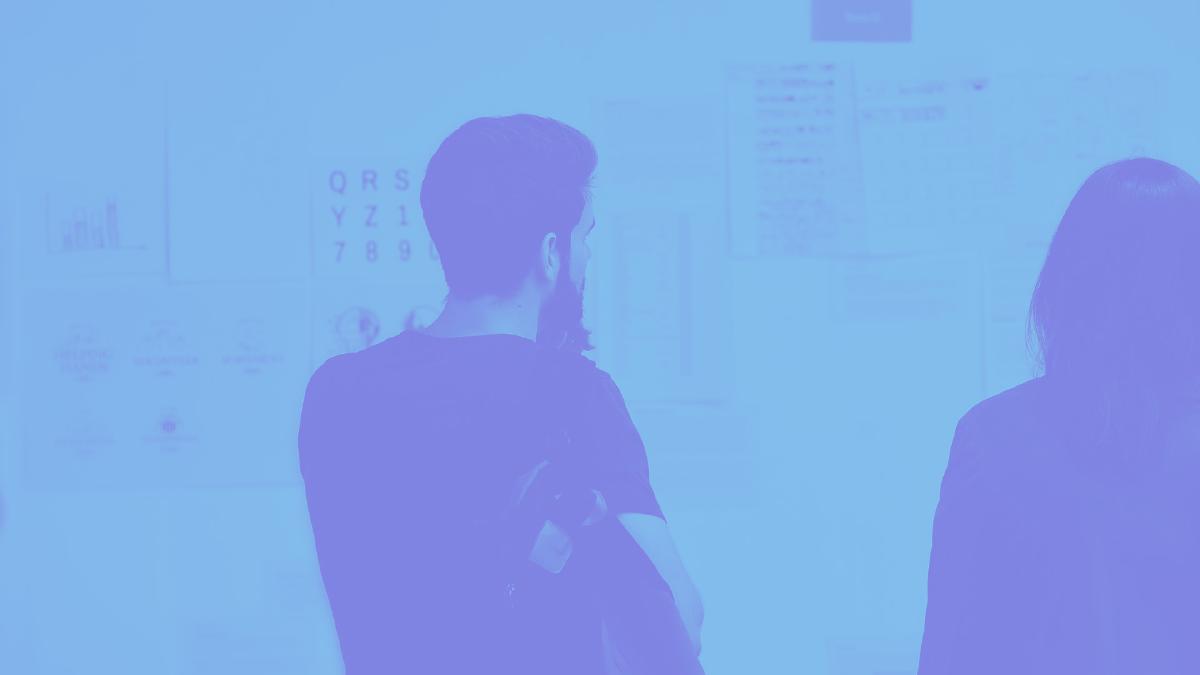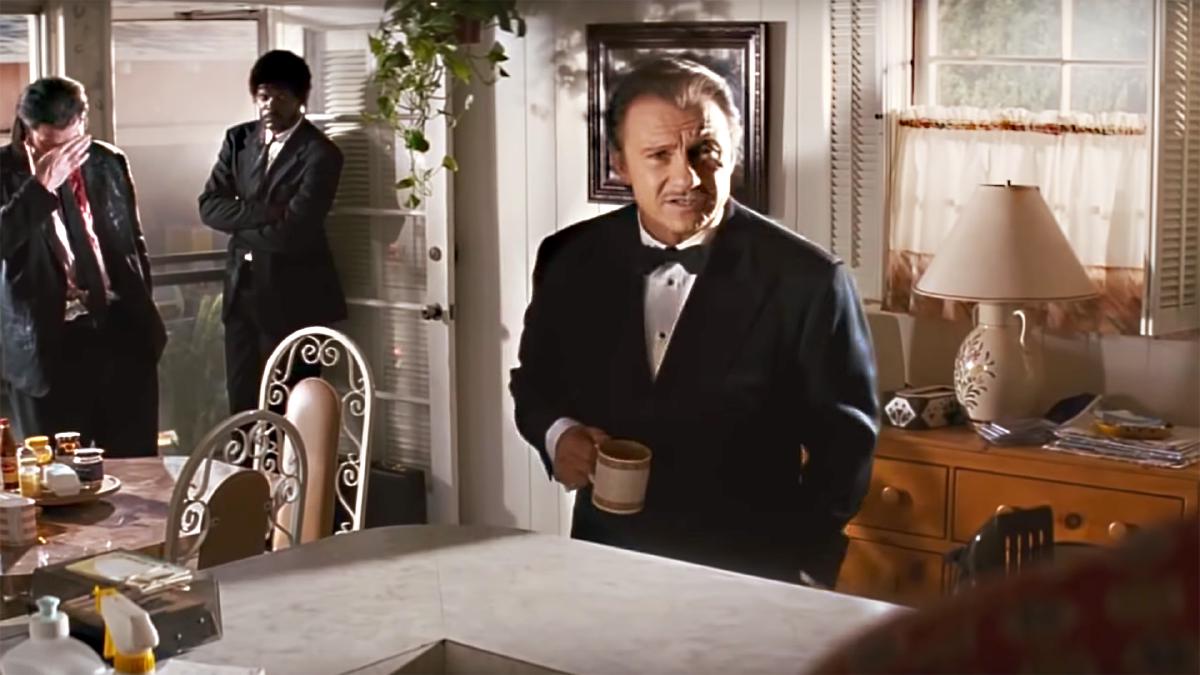Advice for Aspiring Designers

I’m often asked by students or those making a pivot in their careers for my advice on pursuing UX design. It’s not a question I mind taking the time to answer because I’m incredibly grateful for the guidance I’ve received throughout my own career. This article documents my thoughts on the topic as well as my own journey.
Should I get into UX design?
Let’s start off by first asking a question that exists in the subtext: “should I even get into UX?". The answer to this question, like many things in life, is it depends. Everyone’s path will look different, and we each face challenges and goals specific to who we are and who we want to be. That being said, the discipline could be a good fit if you’re:
Interested in function, not just form
How a product or service looks plays an important role, but how it works is what interests you the most. Good user experiences require an understanding of people’s needs and elegantly meet those needs. This can only be achieved when a product or service combines form and function to solve a real problem.
Think of design as a science, not an art
Understanding a problem and then using data to inform the design of a solution involves a rigorous process of observation, analyzing, testing, and validation. Design is about problem-solving, whereas art is about self-expression. That’s not to say that a design solution cannot be inspired, but its core function must be centered around solving a problem and simplifying the complex.
Enjoy collaboration and iteration
UX design is a highly collaborative discipline that requires you to work closely with your colleagues in marketing, development, engineering, leadership, etc. Great design solutions don’t just magically materialize. Participation of many different functions and perspectives within an iterative process is paramount to finding a great design solution.
Possess empathy
The ability to empathize with people to understand their goals and pain points is critical to the work of a UX designer. We are the advocates of the people who use the products and services we build, which requires that we have the empathy needed to effectively design for them.
How did you get started in UX design?
My family didn’t have a lot of money growing up but my mom was always really supportive when it came to my interests, especially art. She’d take me to art museums, enroll me in summer art classes, and buy me art supplies. She encouraged me to pursue my interest in art, even though it was an uncommon career path where I grew up in Arkansas. Her encouragement pushed me to work hard, and this hard work won me a spot in summer art camp at Memphis College of Art (RIP). It was during this time I learned about graphic design and realized that design is what I wanted to do. A couple of years later, I was back at art school but this time enrolled as a freshman.
Art school provided a more traditional design education that emphasized history, foundations, and form. I realized shortly after graduation that I needed to be more technically adept in the digital space, so I started to experiment a little bit on the side with it. I also needed an online portfolio and there weren’t a lot of great no-code options at the time, so I started learning how to code on my own. I still remember printing out the source code from sites I liked, studying each line of code, and trying to understand it. When the iPhone came out in 2007, this gravitation towards the digital space accelerated and I found myself immersed in the challenges and opportunities of designing for the web. It didn’t take long for me to be completely enveloped with interaction design and front-end web development, which lead to me seeking out opportunities to do more design work that involved it.
My big break came when I had an opportunity to work on a project for mobile Internet access provider Boingo. This project involved redesigning their web presence, ensuring the various pages could be accessed via any device, and improving the overall user experience. It was a trial-by-fire opportunity that challenged me to learn new things and exposed me to UX design. I knew that UX was where I wanted to focus from this point on, so I sought out roles and opportunities that I knew would deepen my knowledge.

Over the years, I’ve increased my knowledge and skills through working in a variety of roles at different kinds of companies. Each experience has taught me something new and expanded my knowledge in the discipline. I’ve had the opportunity to work at boutique design studios, in-house design teams, experience/technology agencies, and corporations. I also put a big focus on side-projects, which allows me to learn and gain experience with things that I don’t get a chance to with my client work. This brings us to the most common question I’m asked by aspiring designers…
What’s the best way to get started in UX design?
The most common question I’m asked always centers around how to get started in UX design, to which my response is always nothing can substitute real-world experience. Building the skills required from a UX designer takes time, patience, and dedication. Higher education is a great way to bootstrap yourself with some core skills, but it will not prepare you for actual challenges you’ll face with client work. In other words, being proficient with a design tool and a few methods doesn’t make you a UX designer. There simply isn’t a one-size-fits-all process. Being effective requires versatility — something you don’t really learn in school, much less a 6-month boot camp. It’s gained through experience on the job and learning what’s appropriate given the needs of the project.
I found my way to UX through graphic design, and slowly over many different roles and experiences gravitated towards UX design. It took time and dedication to continue to pursue roles within teams that I knew could teach and challenge me. That’s not to say that I think my path is the only one — but once again, nothing can substitute real-world experience. You can start anywhere as long as you know your end goal and you commit to actively pursuing opportunities to learn and grow along the way.
How can I stand out as a UX designer?
Standing out is increasingly important, as more people are joining the design industry each year. Your portfolio is one way to stand out. Here are some things to take into consideration.
Passion
The best way to make your portfolio stand out with something additional to student work is through real-life projects, speculative projects, or passion projects. Finding real-life projects means finding a business/service/app you’re aware of that might need some help, and offering your services. Nothing beats real-life projects and the constraints that come with them to demonstrate your thought process, problem-solving and technical skills.
Self-initiated projects are great too, but often lack the real constraints of real-life projects (e.g. speculative redesign of [enter name of some popular app]). They’re still great for demonstrating thought-process and technical skills, etc.
Finally, there are passion projects, which always help you to stand out because they demonstrate what you’re really passionate about. Passional projects not only provide a big advantage for designers looking to stand out, but they’re an opportunity to explore tools or techniques to demonstrate additional skills.
Do what you love to do even if it means doing it during your personal time — eventually, it will be what you get to do all the time.
If passion projects are of interest to you, I suggest checking out this article I wrote for Smashing Magazine. In the article, I explore these benefits, as well as learn how to decide on a project and how to effectively manage our time.
Process
Designers must spend time on clearly articulating process, research, and findings, what went wrong alongside what went well, and impact or results. Make sure your portfolio is clean, easy-to-navigate, simple to use, and lets the work shine. When it comes to your work, remember there is no one-size-fits-all process — each project will necessitate a different approach, and the process that worked on the last project may not be appropriate for the next.
Nothing says inexperienced designer more than each project in your portfolio following the exact same process.
Learn what you need to when you need to and don’t get carried away with trying to always know the new shiny tool, the latest technique, or some new method. Tools and processes change, but good design is timeless.
Aptitude
Aptitude is a vital part of the growth in any career. A person’s capacity and eagerness to learn are just as important, if not more so than technical knowledge. The reality is no one comes out of school fully prepared for the challenges that come with client projects or working within a product team. Skills and knowledge must be gained through experience, and therefore the drive to learn is fundamental. Each role will have unique challenges and with each challenge comes an opportunity to grow and expand your knowledge.
I talked about my own journey and how I found my way to UX through many different roles and experiences. It took time and dedication to continue to pursue roles within teams that I knew could teach and challenge me. While I don’t think the path I took is the only one, I also think that nothing can substitute real-world experience. Each experience has taught me something new and expanded my knowledge in the discipline. You can start anywhere as long as you know your end goal and you commit to actively pursuing opportunities to learn and grow along the way. When it comes to standing out, remember that passion, process and aptitude will enable you to shine. Never stop learning, stay hungry but humble, and good luck!

